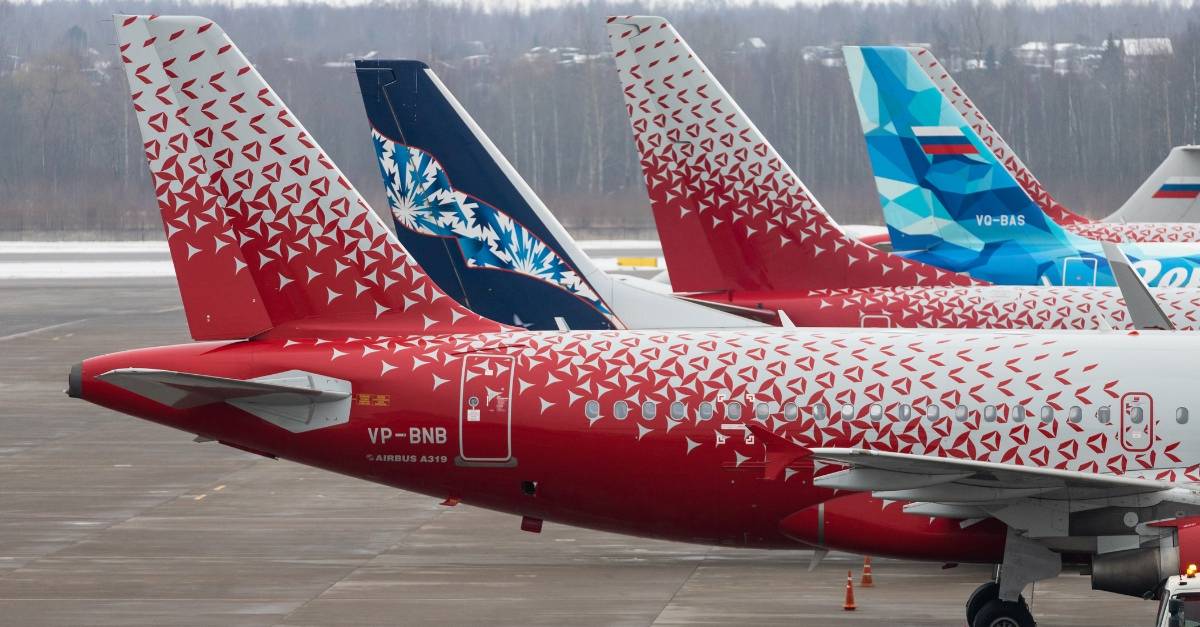


In a world where the aviation industry serves as a crucial global connector, recent projections by the International Air Transport Association (IATA) shed light on the complex landscape of airline profitability. While the outlook suggests a notable recovery, it’s essential to dissect the numbers and understand the challenges faced by this indispensable sector.
– Both 2023 and 2024 are forecasted to witness a lag in return on invested capital compared to the cost of capital, with a 4 percentage point gap. This gap stems from the global rise in interest rates triggered by a sharp inflationary impulse.
– Influencers evolve into booking facilitators through platforms like Thatch and Luxury Travel Hackers.
– “Agents of Influence” design and host group trips, allowing direct bookings via social media.
– E-commerce marketplaces streamline the process, making influencers pivotal in the travel booking landscape.
– Operating profits are expected to soar from $40.7 billion in 2023 to $49.3 billion in 2024, indicative of a robust recovery.
– Total revenues are projected to hit a record $964 billion in 2024, showcasing a 7.6% year-over-year growth.
– The growth in expenses is expected to be slightly lower at 6.9%, totaling $914 billion. This intricate balance between revenues and expenses is crucial for sustaining profitability.
– Airlines respond to rising business class demand with affordable “unbundled” business class fares.
– Basic business tickets without lounge access and restricted seat selection gain popularity.
– Airlines like Air New Zealand and Lufthansa innovate with varied business class options at varying prices and perks.
– Cargo volumes are anticipated to be 58 and 61 million tonnes in 2023 and 2024, respectively, showcasing the industry’s resilience beyond passenger travel.
– Willie Walsh, IATA’s Director General, acknowledges the remarkable recovery while highlighting the cost of the pandemic – an estimated four years of growth.
– The 2.7% net profit margin, while commendable in the context of recent losses, underscores the challenging financial landscape airlines navigate.
– Walsh emphasizes the industry’s struggle, with airlines retaining a mere $5.45 for every passenger carried, a stark reminder of the economic challenges.
As the aviation industry charts a course towards recovery, stakeholders must remain vigilant to the nuanced economics at play. While the resilience is commendable, addressing regulatory burdens, infrastructure costs, and supply chain challenges is imperative for building a robust future. The skies may be clearing, but the path forward demands strategic navigation through a complex economic terrain.
SITA REPORT 2023 Home The Rise of Mobile Technologies and Passenger-Centric Trends 18 December 2023 Digital Services, Get the best…
CarTrawler 2023 Home CarTrawler 2023 Yearbook Ancillary Revenue Insights 6 November 2023 Digital Services, IFEC Report, Technology Ancillary Revenue Soars…
Valour Consultancy 2023 Home The Market for Onboard Ancillary Revenues and Payment Solutions 18 December 2023 Digital Services, IFEC Report,…